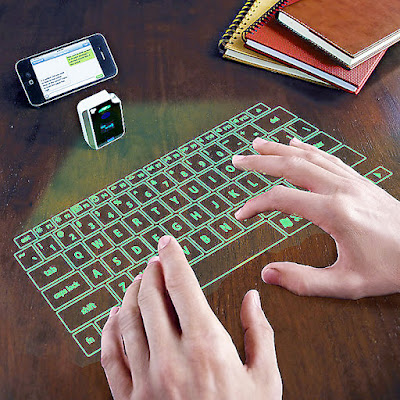Tile is an application and hardware device available for the iOS and Android platforms. The application allows users to measure distance to and consequently helps locating lost items by using Bluetooth 4.0 technology to locate "Tile" devices attached to the lost items.Tile operates via Bluetooth.
Bluetooth is most effective at the 30 ft range, depending on the environment. Tile's Bluetooth range can extend up to 100 ft.Battery Duration & Lifetime of Tile. The quality components in Tile will run for 1 year. You don't need to charge Tile or replace the battery. Simply after 1 year, we can help you recycle your old Tiles and replace them with the latest model.
Bluetooth is most effective at the 30 ft range, depending on the environment. Tile's Bluetooth range can extend up to 100 ft.Battery Duration & Lifetime of Tile. The quality components in Tile will run for 1 year. You don't need to charge Tile or replace the battery. Simply after 1 year, we can help you recycle your old Tiles and replace them with the latest model.






